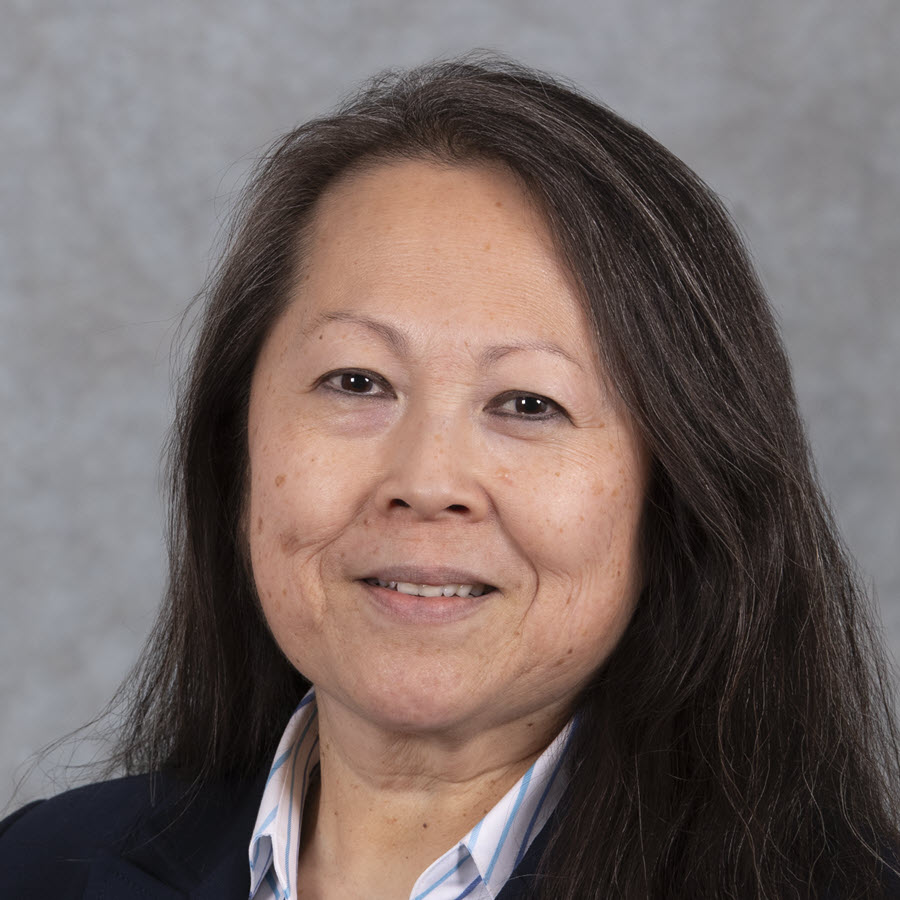CDER Conversation: Biosimilar User Fee Amendments Latest Implementation: BsUFA III
Biosimilars are FDA-approved biologic medications that are highly similar to and have no clinically meaningful differences from existing FDA-approved biologics, called reference products. Biosimilars are safe and effective treatment options for many illnesses such as chronic skin and bowel diseases (like psoriasis, irritable bowel syndrome, Crohn’s disease and colitis), arthritis, kidney conditions, and cancer.
An interchangeable biosimilar is a biosimilar that meets additional requirements and may be substituted for the reference product at a pharmacy, depending on the state law. Biosimilars may help increase patient access to biologics.
CDER’s Office of New Drugs (OND) and Office of Pharmaceutical Quality (OPQ) highlight plans for the BsUFA III program implementation and new Biosimilar Regulatory Science Program.
Sarah Yim, M.D., OND’s Office of Therapeutic Biologics and Biosimilars (OTBB) director, speaks about BsUFA III goals and activities and Steven Kozlowski, M.D., OPQ’s Office of Biotechnology Products director speaks about the Biosimilar Regulatory Science Program.
Why are user fees from BsUFA important, and what do the fees go towards?
Dr. Yim: Biosimilar and interchangeable biosimilar products can provide more treatment options and potentially lower health care costs through competition. The Biosimilar User Fee Amendments (BsUFA) facilitate the development of safe and effective biosimilars and interchangeable biosimilars for the American public by supporting FDA review of biosimilar submissions and biosimilar regulatory science.
The fees generated from BsUFA support FDA’s work to review and approve biosimilars, in addition to supporting work such as guidance development and, new this year, a pilot program for biosimilar regulatory science. The overall objective of this work is to increase the efficiency and predictability of biosimilar development to help reduce the cost and time of development. This ultimately can increase availability and access to much needed biological treatment options for patients.
Can you talk through some of the goals and activities for BsUFA III?
Dr Yim: The reauthorization of BsUFA for fiscal years 2023-2027 is the third authorization, known as BsUFA III. The "commitment letter" outlines the performance goals, procedures, and other commitments the agency negotiated with regulated industry and public stakeholders.
BsUFA III commitments include goals for the agency to create foundational guidances for interchangeable biosimilar biological product development. Some of the main work in this area will be to develop guidances that cover presentations, container closure systems and device constituent parts, labeling for interchangeable products, promotional labeling and advertising considerations, alternative tools to assess manufacturing facilities (incorporating best practices, including those in existing published documents, from the use of such tools during the COVID-19 pandemic), and post-approval manufacturing changes.
We also plan to advance the development of biosimilar biological-device combination products by introducing procedures and timelines for FDA review of use-related risk analysis and human factors validation study protocols.
Speaking of activities, can you tell us about the recent launch of the Biosimilar Regulatory Science Program mentioned earlier?
Dr. Kozlowski: CDER is exploring ways to enhance biosimilar and interchangeable biosimilar product development and regulatory science, and the new Biosimilar Regulatory Science Program supports this work. The objectives for the Biosimilar Regulatory Science Research Program focus on two areas. One objective is improving the efficiency of biosimilar product development. For example, work in this area could be aimed at advancing analytical tools to detect relevant differences and statistical methodologies that are demonstrated to facilitate the comparative analytical assessment.
The second objective is advancing the development of interchangeable products. An example of work in this area could be aimed at researching approaches other than switching studies to show the effects of switching between the reference product and the interchangeable biosimilar. Other ideas are using real-world data or tools to better predict immunogenicity – a protein therapeutics tendency to trigger an unwanted immune response against themselves.
To support the new Biosimilar Regulatory Science Program, FDA issued a funding opportunity announcement to solicit applications and recently awarded grants for five projects that can help to advance these goals. FDA also has a regulatory science subcommittee that includes staff from various disciplines such as the clinical review divisions, clinical pharmacology, OTBB, OPQ, and the Office of Surveillance and Epidemiology. The committee helps determine research priorities, identify opportunities for collaborations, and provides other operational support for the program.
What will those projects focus on, and how will they help support more efficient biosimilar development and advance interchangeable product development?
Dr. Kozlowski: Of the five funded projects, three are focused on addressing ‘improving efficiency in biosimilar product development’ by looking at aspects of improving the analytical similarity assessment. Specifically, advancing technologies and methods, standardization of commonly used methods, and understanding the impact of formulation and presentation on analytical assays or investigative procedures.
The remaining two funded projects aim to advance the development of interchangeable products’ by evaluating the usefulness of real-world evidence and predicting immunogenicity, as it relates to switching, respectively. More information on these projects is on the BsUFA Science and Research website.

